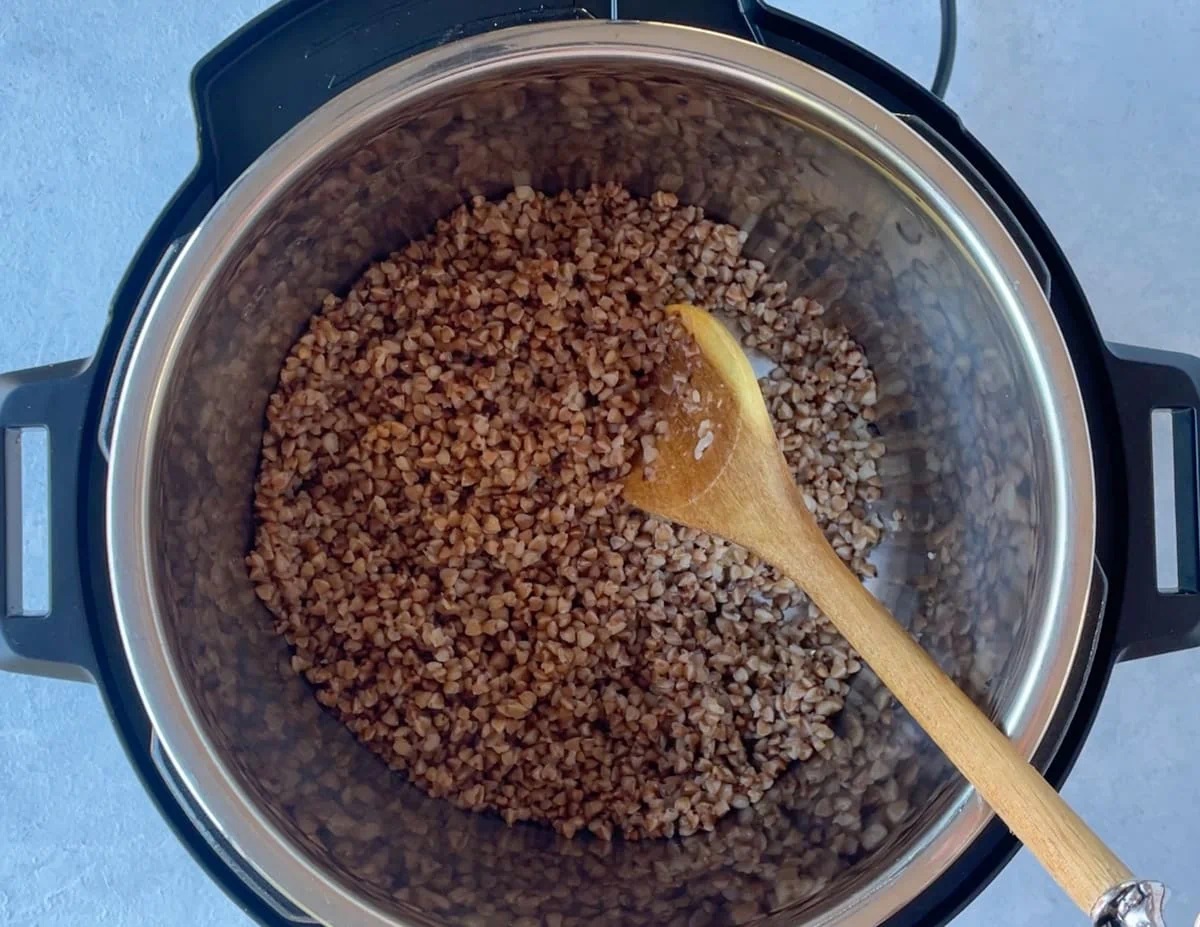

Articles
How To Cook Buckwheat In Rice Cooker
Modified: January 19, 2024
Learn how to cook buckwheat in a rice cooker with our informative articles. Discover the best tips and techniques for perfect results every time.
(Many of the links in this article redirect to a specific reviewed product. Your purchase of these products through affiliate links helps to generate commission for Storables.com, at no extra cost. Learn more)
Introduction
Welcome to the wonderful world of cooking with a rice cooker! While rice cookers are primarily used for cooking rice, you may be surprised to learn that they can also be used to cook a variety of other grains, including the versatile and nutritious grain known as buckwheat. In this article, we will explore the art of cooking buckwheat in a rice cooker, and all the benefits that come along with it.
Buckwheat is a grain that has been enjoyed for centuries, known for its unique, nutty flavor and numerous health benefits. It is an excellent source of protein, fiber, and essential nutrients, making it a great addition to a balanced diet. Plus, it is naturally gluten-free, making it suitable for those with gluten sensitivities or following a gluten-free lifestyle.
One of the major advantages of cooking buckwheat in a rice cooker is the convenience it offers. Rice cookers are designed to simplify the cooking process, automating the timing and temperature for a perfect batch of rice. This same convenience can be applied to cooking buckwheat, saving you time and effort in the kitchen.
So, whether you are a seasoned buckwheat enthusiast or just looking to expand your culinary horizons, read on as we delve into the benefits of cooking buckwheat in a rice cooker and provide you with a step-by-step guide to achieving perfectly cooked buckwheat every time.
Key Takeaways:
- Cooking buckwheat in a rice cooker offers effortless, consistent, and time-saving benefits. It simplifies the cooking process, guarantees reliable results, and opens up versatile culinary options for this nutritious grain.
- Choosing the right type of buckwheat, proper preparation, and following simple steps ensure perfectly cooked buckwheat. Enjoy it in various dishes, from salads to soups, and let your creativity shine in the kitchen!
Read more: How To Use The Neuro Fuzzy Rice Cooker
Benefits of Cooking Buckwheat in a Rice Cooker
When it comes to cooking buckwheat, using a rice cooker offers several advantages:
- Effortless Cooking: Cooking buckwheat in a rice cooker is incredibly easy and convenient. Simply add the desired amount of buckwheat and water, set the cooker, and let it do the rest. There’s no need to stand over the stove or worry about monitoring the cooking process.
- Consistent Results: Rice cookers are known for their ability to consistently cook rice to perfection, and the same holds true for buckwheat. The cooker maintains a steady temperature and evenly distributes heat, ensuring that your buckwheat is cooked evenly and results in a fluffy texture.
- Time-Saving: Cooking buckwheat on the stovetop can be time-consuming. With a rice cooker, you can set it and forget it. This frees up your time to focus on other meal preparations or simply relax while your buckwheat cooks itself.
- Hands-Free Cooking: Unlike stovetop cooking, using a rice cooker allows you to step away from the kitchen without having to worry about your buckwheat burning or sticking to the bottom of the pan. This hands-free cooking method is especially convenient when you have other tasks to attend to.
- Versatile Cooking Options: Many rice cookers come with additional cooking functions, such as a steaming or porridge setting. This means you can easily experiment with different recipes and cooking methods using buckwheat. From steamed buckwheat bowls to creamy buckwheat porridge, the possibilities are endless.
Overall, using a rice cooker to cook buckwheat not only simplifies the cooking process but also guarantees reliable results every time. It’s a convenient and efficient way to incorporate this nutritious grain into your meals without the hassle of traditional stovetop cooking methods.
Choosing the Right Type of Buckwheat
Before you begin cooking buckwheat in your rice cooker, it’s important to choose the right type of buckwheat. There are two main types of buckwheat available:
- Whole Buckwheat: This type of buckwheat consists of the entire grain, including the outer husk. Whole buckwheat kernels have a rich, nutty flavor and a slightly chewy texture. They are ideal for recipes where you want a hearty and rustic texture, such as salads or pilaf.
- Buckwheat Groats: Buckwheat groats are hulled buckwheat kernels, meaning the outer husk has been removed. These groats are lighter in color and have a milder flavor compared to whole buckwheat. They have a softer texture and cook more quickly, making them perfect for dishes like porridge or risotto.
Both whole buckwheat and buckwheat groats offer their own unique characteristics, so choosing the right type will depend on the specific recipe you plan to make. If you’re unsure, start with buckwheat groats, as they are more versatile and easier to work with.
It’s also important to look for quality buckwheat products. Check the packaging for any signs of rancidity or insect damage. Opt for organic buckwheat when possible to ensure it is free from pesticides and other harmful chemicals. If you have any dietary restrictions or preferences, such as gluten-free or non-GMO, be sure to check the labels to ensure the buckwheat meets your needs.
Once you’ve selected the right type of buckwheat, it’s time to prepare it for cooking in your rice cooker.
Preparing Buckwheat for Cooking
Before cooking buckwheat in your rice cooker, it’s important to properly prepare the grains to ensure they cook evenly and result in a delicious, fluffy texture. Follow these steps to prepare your buckwheat:
- Rinse the Buckwheat: Place the desired amount of buckwheat in a fine-mesh sieve or colander and rinse it under cold water. Gently rub the grains between your fingers while rinsing to remove any impurities or residue.
- Soak the Buckwheat (Optional): Soaking buckwheat before cooking is optional but can help improve its digestibility and reduce cooking time. To soak the buckwheat, place it in a bowl and cover it with water. Let it soak for at least 30 minutes, or up to overnight. After soaking, drain and rinse the buckwheat before cooking.
- Drain the Buckwheat: After rinsing the buckwheat, let it drain well to remove any excess water. Shake the sieve or colander gently to remove any excess moisture.
- Fluff the Buckwheat: Fluff the drained buckwheat grains with a fork to separate them and ensure they cook evenly. This step helps to prevent clumping and ensures each grain has room to expand and cook properly.
- Measure the Water: Generally, the ratio of water to buckwheat is 2:1. For example, if you are cooking 1 cup of buckwheat, you will need 2 cups of water. However, be sure to check the specific instructions on your rice cooker as ratios may vary slightly depending on the brand and model.
Once you’ve prepared your buckwheat, it’s time to move on to the next steps of cooking it in your rice cooker. Remember to follow the instructions provided by your rice cooker’s manufacturer for the best results. Let’s explore the step-by-step process of cooking buckwheat in a rice cooker.
Add 1 cup of buckwheat and 2 cups of water to the rice cooker. Let it cook on the regular rice setting. Once done, fluff with a fork and serve as a nutritious alternative to rice.
Steps to Cook Buckwheat in a Rice Cooker
Now that you’ve prepared your buckwheat, it’s time to cook it in your rice cooker. Follow these simple steps for perfectly cooked buckwheat:
- Add Buckwheat and Water: Measure the desired amount of buckwheat and add it to the rice cooker pot. Then, add the appropriate amount of water according to the recommended ratio mentioned in the previous section. Stir gently to ensure the buckwheat is evenly distributed.
- Select the Cooking Mode: Depending on your rice cooker model, choose the appropriate cooking mode for cooking buckwheat. Some rice cookers have a specific setting for grains or multi-grains. If your rice cooker doesn’t have a specific mode, use the regular rice cooking mode.
- Start the Cooking Process: Close the rice cooker lid and press the start button to begin the cooking process. The rice cooker will automatically adjust the temperature and cooking time based on the selected mode. Allow the buckwheat to cook according to the rice cooker’s instructions.
- Let it Rest: Once the rice cooker has finished cooking, let the buckwheat rest inside the cooker for a few minutes. During this time, the residual heat will help to evenly distribute the moisture and ensure the grains are fully cooked.
- Fluff the Buckwheat: After the resting period, open the rice cooker lid and gently fluff the cooked buckwheat with a fork. This will separate the grains and create a light, fluffy texture.
And there you have it, perfectly cooked buckwheat in your rice cooker! Now it’s time to enjoy and incorporate it into your favorite recipes. But before you do, here are a few tips to ensure your buckwheat turns out just right.
Tips for Perfectly Cooked Buckwheat
To ensure your buckwheat is perfectly cooked and full of flavor, keep these tips in mind:
- Use the Right Water-to-Buckwheat Ratio: Stick to the recommended water-to-buckwheat ratio, usually 2 parts water to 1 part buckwheat. This ratio may vary depending on your rice cooker, so refer to the manufacturer’s instructions for the best results.
- Do Not Lift the Lid While Cooking: It may be tempting to peek inside your rice cooker, but try not to lift the lid during the cooking process. This can disrupt the cooking time and affect the final texture of the buckwheat.
- Fluff the Buckwheat with a Fork: After cooking, use a fork to gently fluff the buckwheat. This separates the grains, preventing them from clumping together and creating a light and fluffy texture.
- Let the Buckwheat Rest: After cooking, allow the buckwheat to rest in the rice cooker for a few minutes. This helps the grains to evenly absorb any remaining moisture and ensures a more consistent texture.
- Add Flavorful Broth or Spices: For added flavor, consider cooking the buckwheat in vegetable or chicken broth instead of plain water. You can also add spices like garlic, onion powder, or herbs to infuse the grains with a delicious aroma.
- Experiment with Soaking Time: While optional, soaking the buckwheat before cooking can improve digestibility and reduce cooking time. You can adjust the soaking time to your preference, from as little as 30 minutes to overnight.
- Store leftovers correctly: If you have leftovers, store them in an airtight container in the refrigerator. Buckwheat can become slightly dry when refrigerated, so add a splash of water when reheating to restore its moisture.
- Get creative with recipes: Don’t be afraid to experiment with different recipes using cooked buckwheat. You can use it as a base for salads, stir-fries, or even as a substitute for rice in various dishes.
Remember, practice makes perfect, so don’t be discouraged if your first attempt is not exactly as you envisioned. With these tips and a bit of experimentation, you will soon master the art of cooking buckwheat in your rice cooker.
Serving and Enjoying Your Cooked Buckwheat
Now that you have a perfectly cooked batch of buckwheat, it’s time to serve and enjoy it in various delightful ways:
- As a Side Dish: Buckwheat makes a wonderful side dish that pairs well with a variety of main courses. Serve it alongside roasted vegetables, grilled meats, or sautéed mushrooms for a hearty and nutritious meal.
- In Salads: Cold or room temperature cooked buckwheat adds a delightful texture and nutty flavor to salads. Toss it with fresh vegetables, herbs, and a tangy dressing for a refreshing and wholesome salad option.
- In Grain Bowls: Create nutritious and filling grain bowls by combining cooked buckwheat with roasted vegetables, protein of your choice (such as grilled chicken or tofu), and a drizzle of your favorite sauce or dressing.
- In Soups and Stews: Add cooked buckwheat to soups, stews, and chili to provide substance and a unique taste. Its hearty texture and nutty flavor work well in comforting dishes.
- In Porridge: Buckwheat can be transformed into a creamy and comforting porridge, similar to rice or oatmeal. Simply simmer cooked buckwheat with your choice of milk or plant-based milk, sweeten with honey or maple syrup, and top with your favorite fruits and nuts.
- In Stir-Fries: Use cooked buckwheat as a base for flavorful stir-fries. Sauté your favorite vegetables, protein, and seasonings, then toss in the cooked buckwheat for a balanced and wholesome meal.
- In Baking: Incorporate cooked buckwheat into baked goods like bread, muffins, or pancakes to add a unique flavor and boost their nutritional value. Experiment with the ratio of buckwheat flour to traditional flour in your recipes for a satisfying twist.
Whether you choose to enjoy your cooked buckwheat as a savory side dish, a hearty main course, or a comforting breakfast option, the possibilities are endless. Get creative in the kitchen and explore different flavor combinations to discover your favorite way to savor this nutrient-dense grain.
Now that you have learned all the steps, tips, and serving ideas for cooking buckwheat in a rice cooker, you are ready to embark on your culinary adventure. Enjoy the delicious and wholesome journey of incorporating buckwheat into your meals and reap the benefits of this versatile grain!
Conclusion
Cooking buckwheat in a rice cooker opens up a world of possibilities in the kitchen. Not only does it provide a convenient and effortless way to cook this nutritious grain, but it also guarantees consistent and delicious results. Whether you’re a seasoned buckwheat enthusiast or just starting to explore its culinary potential, using a rice cooker simplifies the cooking process and ensures a fluffy and flavorful outcome.
We’ve discussed the many benefits of cooking buckwheat in a rice cooker, including its time-saving nature, consistent results, and versatility. A rice cooker takes the guesswork out of cooking buckwheat and allows you to focus on other tasks or simply relax while your grains cook to perfection.
We’ve also provided tips for choosing the right type of buckwheat, preparing it for cooking, and achieving perfectly cooked results. From rinsing and fluffing the grains to using the proper water-to-buckwheat ratio, these steps are essential in ensuring the texture and flavor of your buckwheat are at their best.
Once cooked, the buckwheat can be enjoyed in various ways, including as a side dish, in salads, grain bowls, soups, and even in baking. Its nutty flavor and hearty texture make it a versatile addition to a wide array of recipes.
So, whether you’re looking to add more whole grains to your diet, explore new flavors, or simply make your cooking process more convenient, using a rice cooker to prepare buckwheat is a great choice. Embrace the simplicity and savor the delicious results as you incorporate this nutritious grain into your culinary repertoire.
Now it’s time to dust off your rice cooker, gather your ingredients, and embark on your buckwheat cooking adventure. Enjoy the process, experiment with flavors, and let the rice cooker simplify your cooking experience. Bon appétit!
Frequently Asked Questions about How To Cook Buckwheat In Rice Cooker
Was this page helpful?
At Storables.com, we guarantee accurate and reliable information. Our content, validated by Expert Board Contributors, is crafted following stringent Editorial Policies. We're committed to providing you with well-researched, expert-backed insights for all your informational needs.
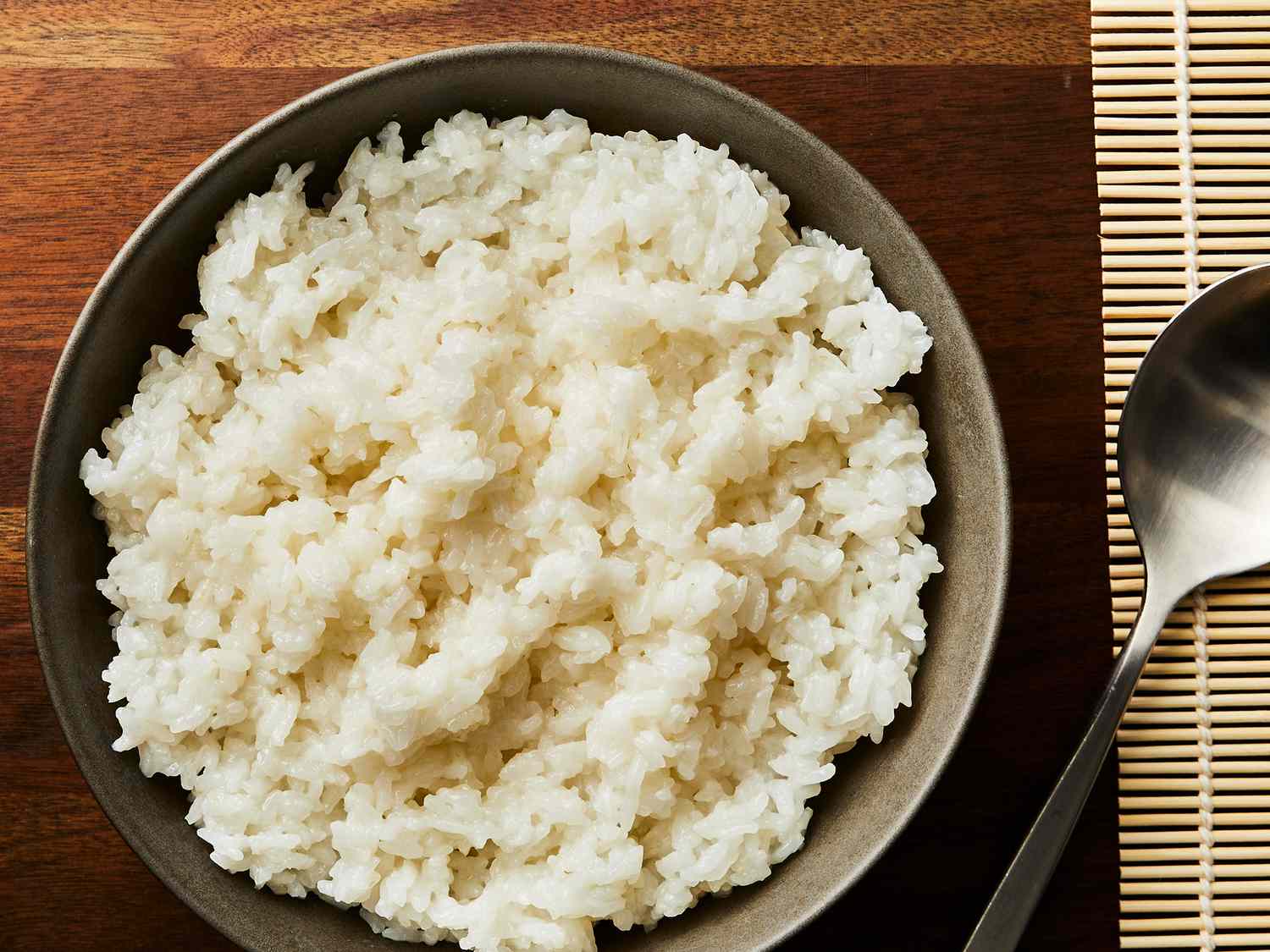
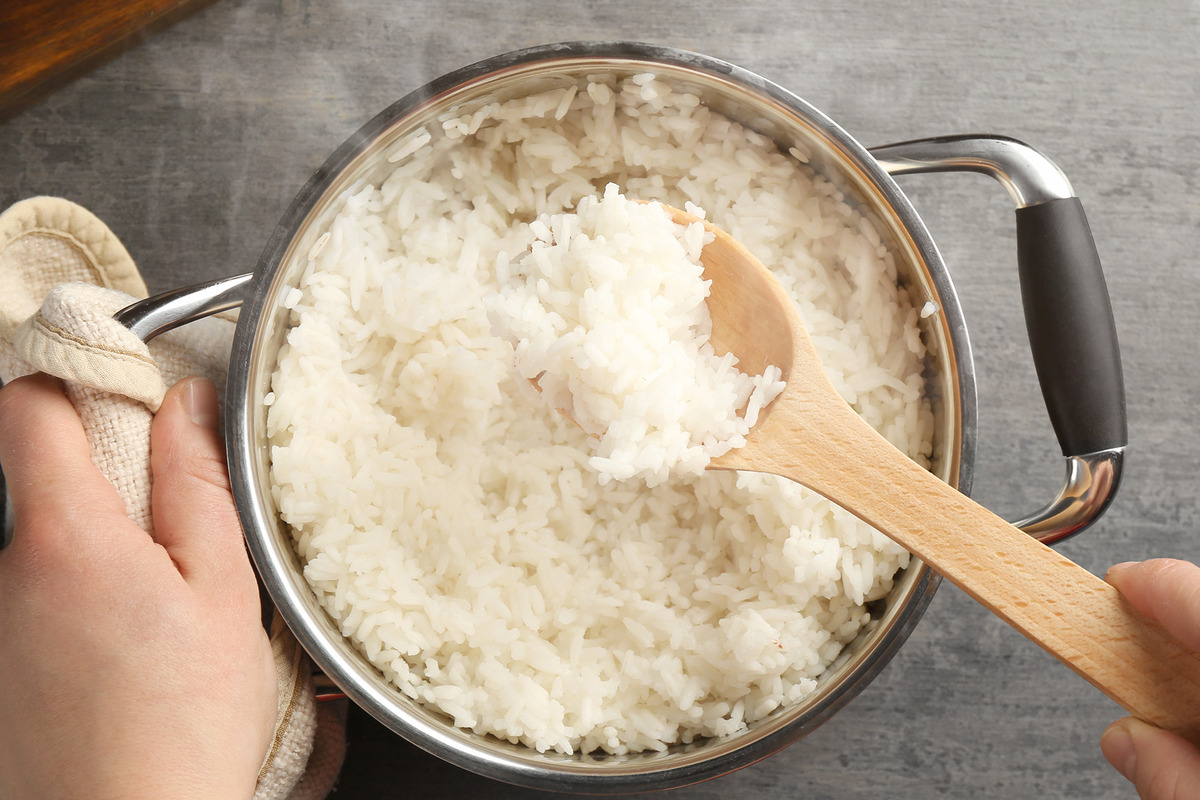

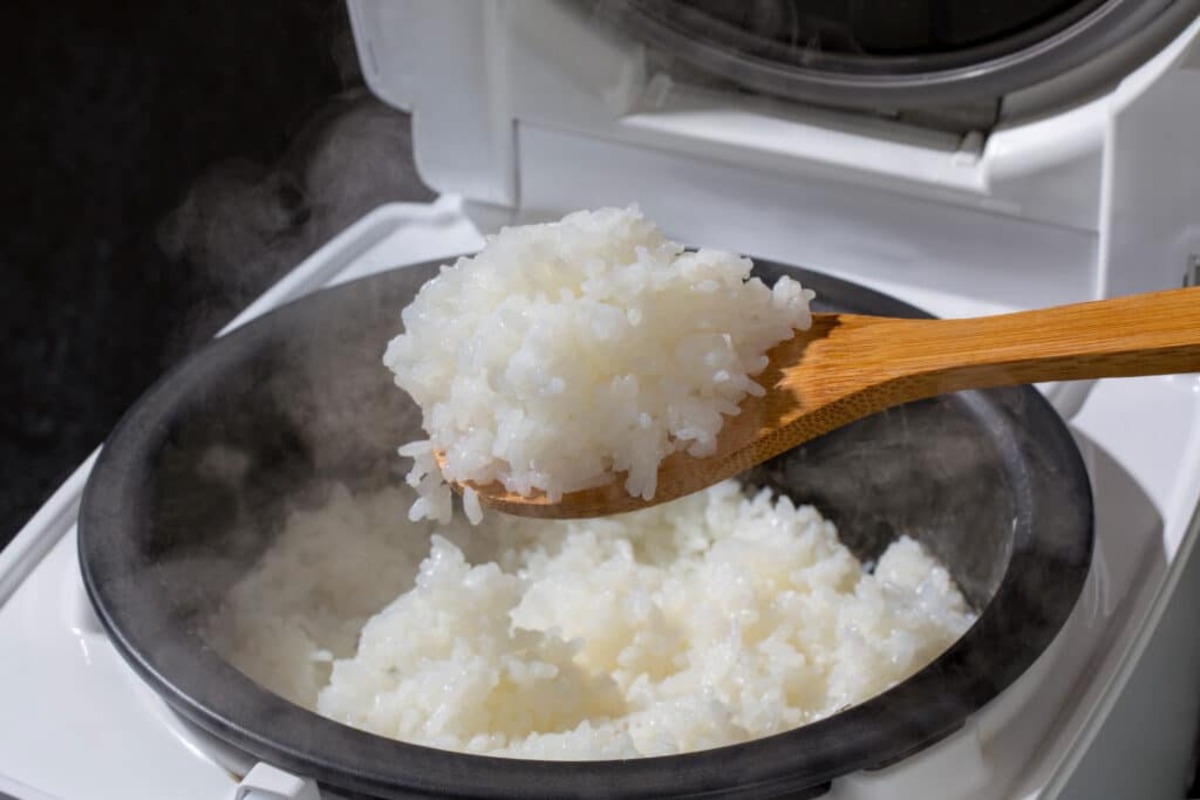
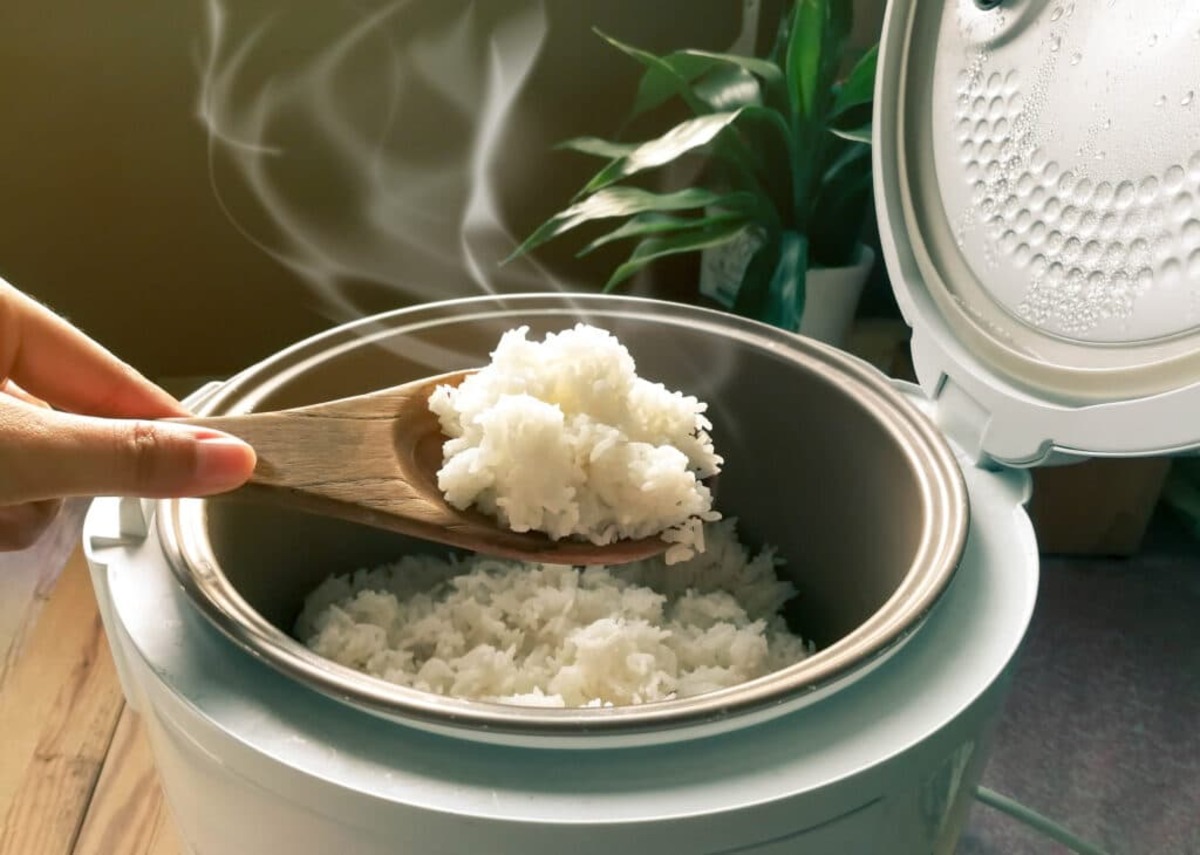
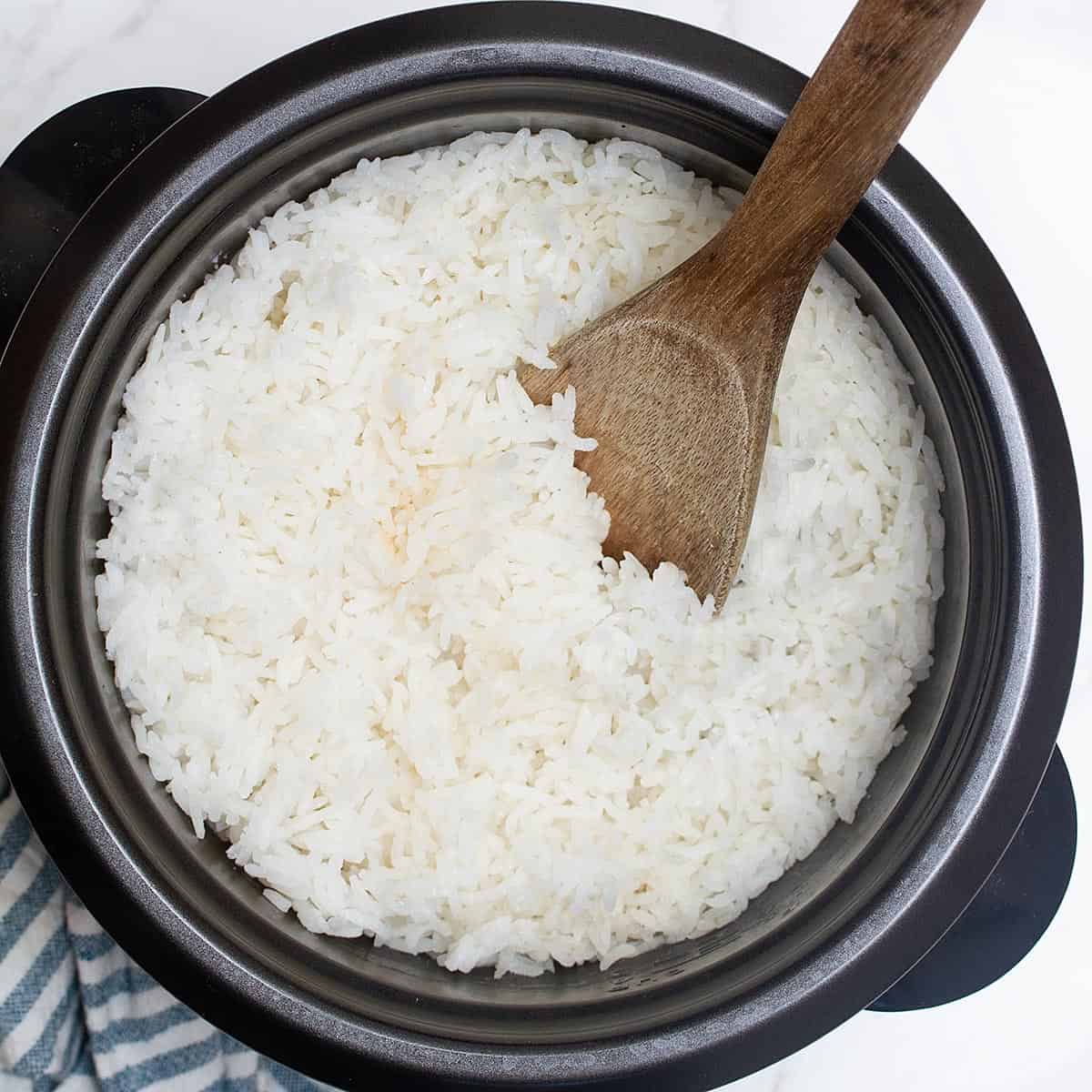
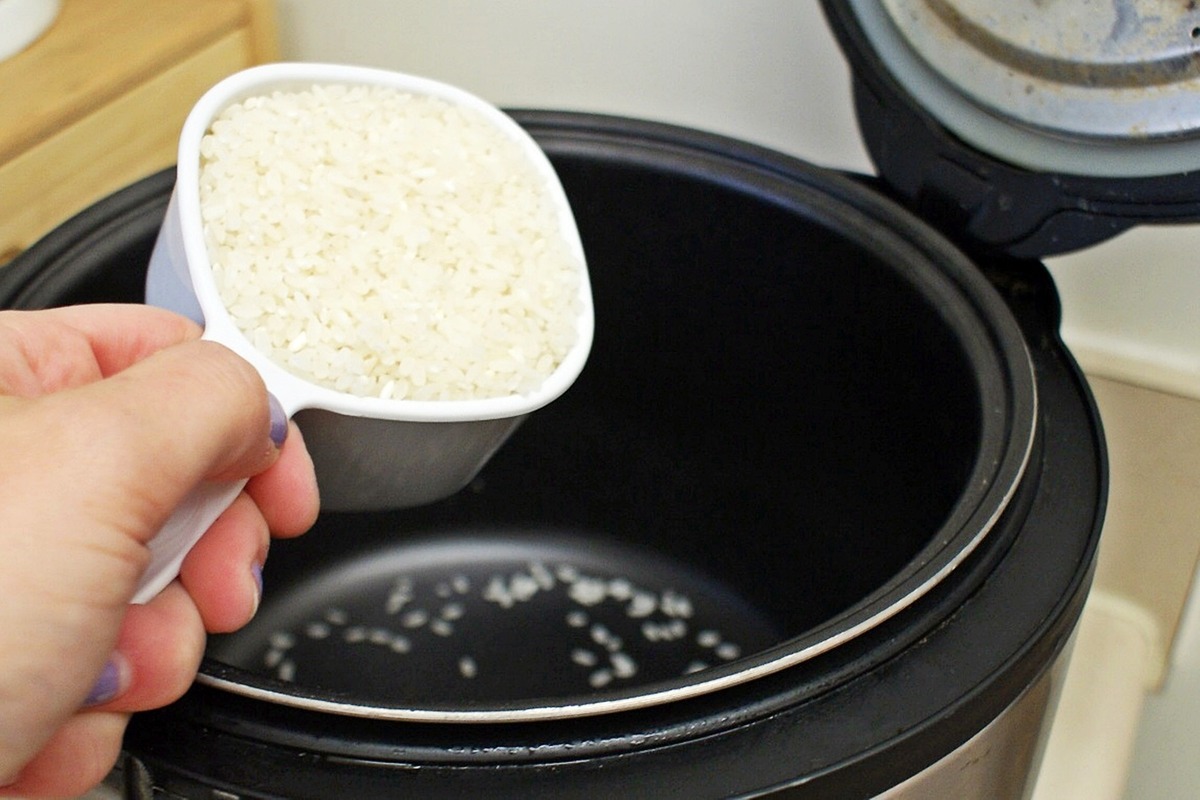
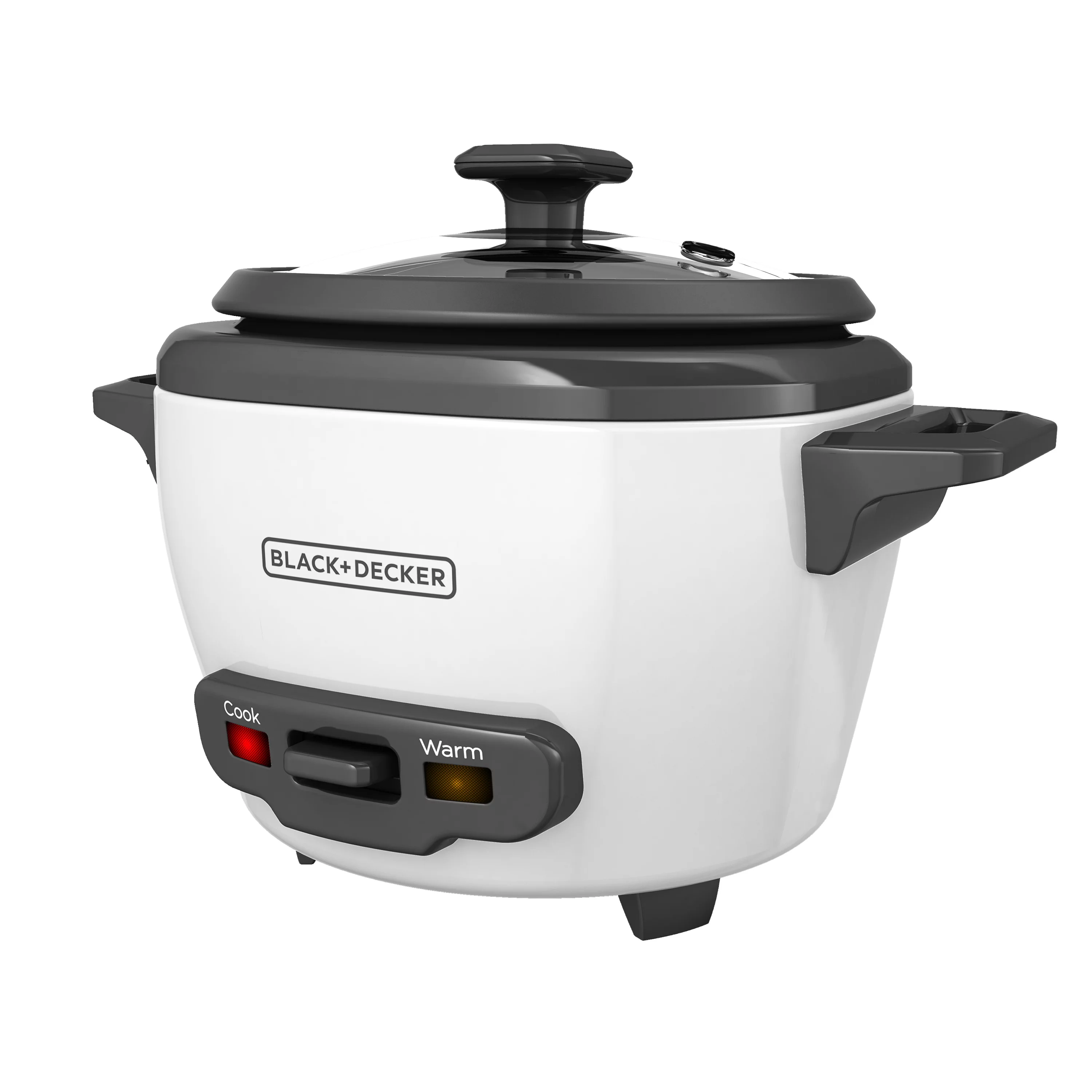
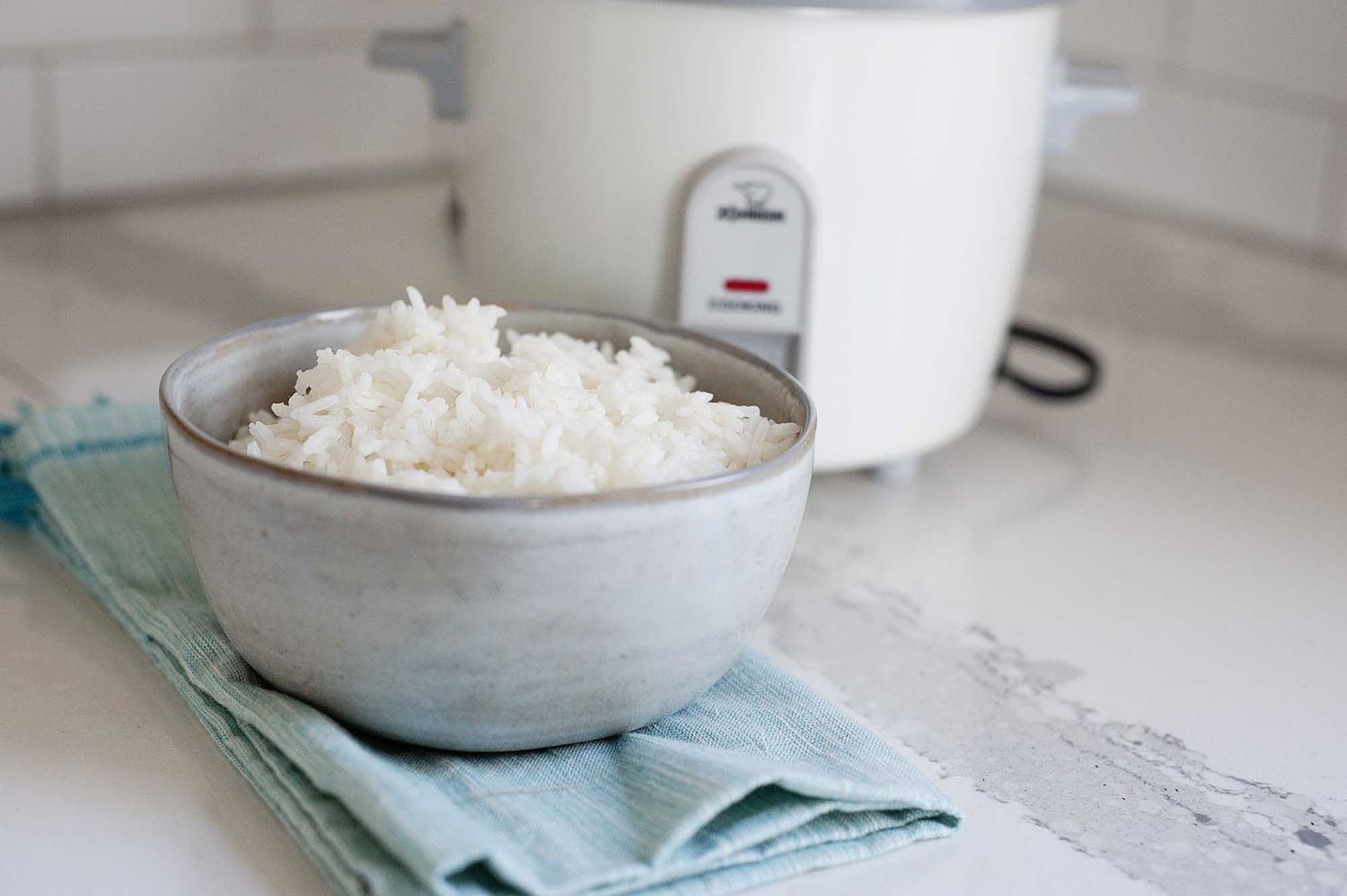
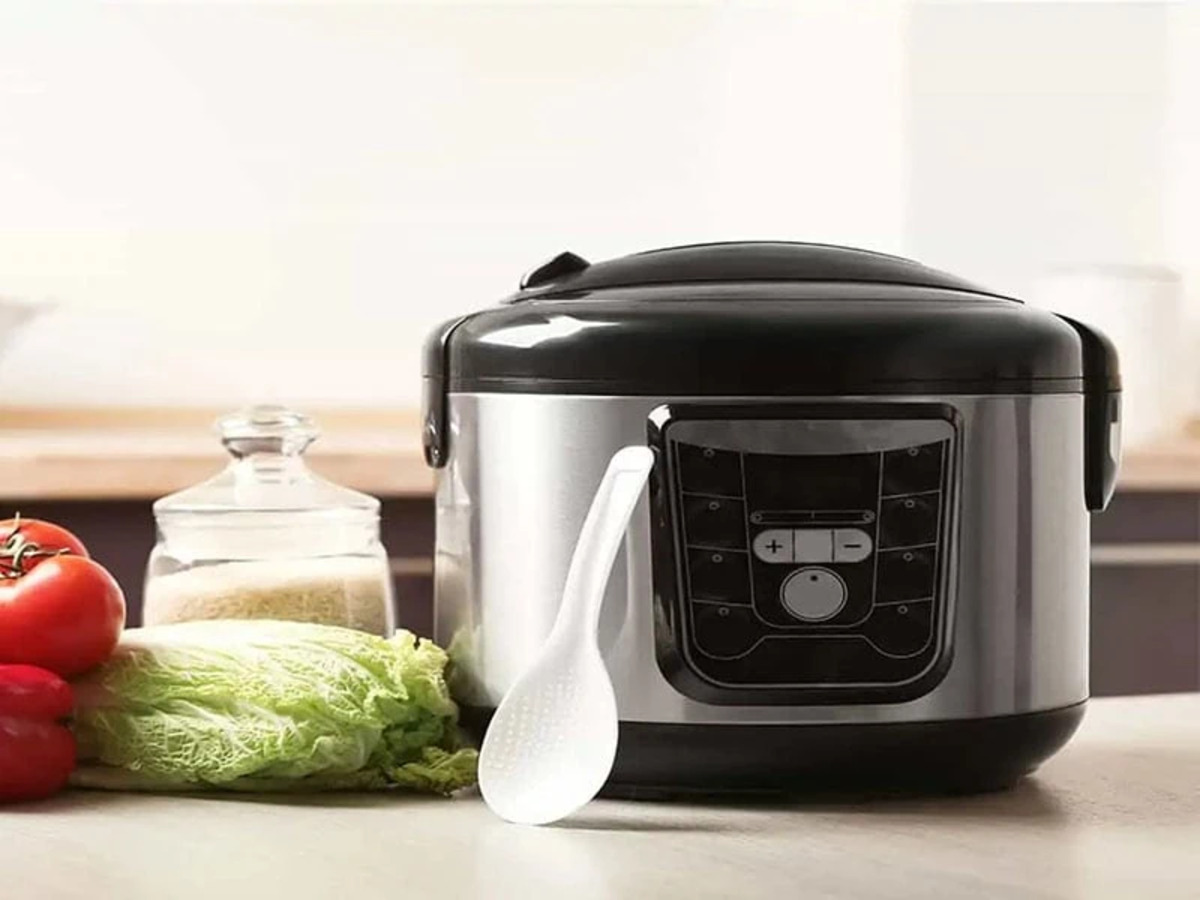
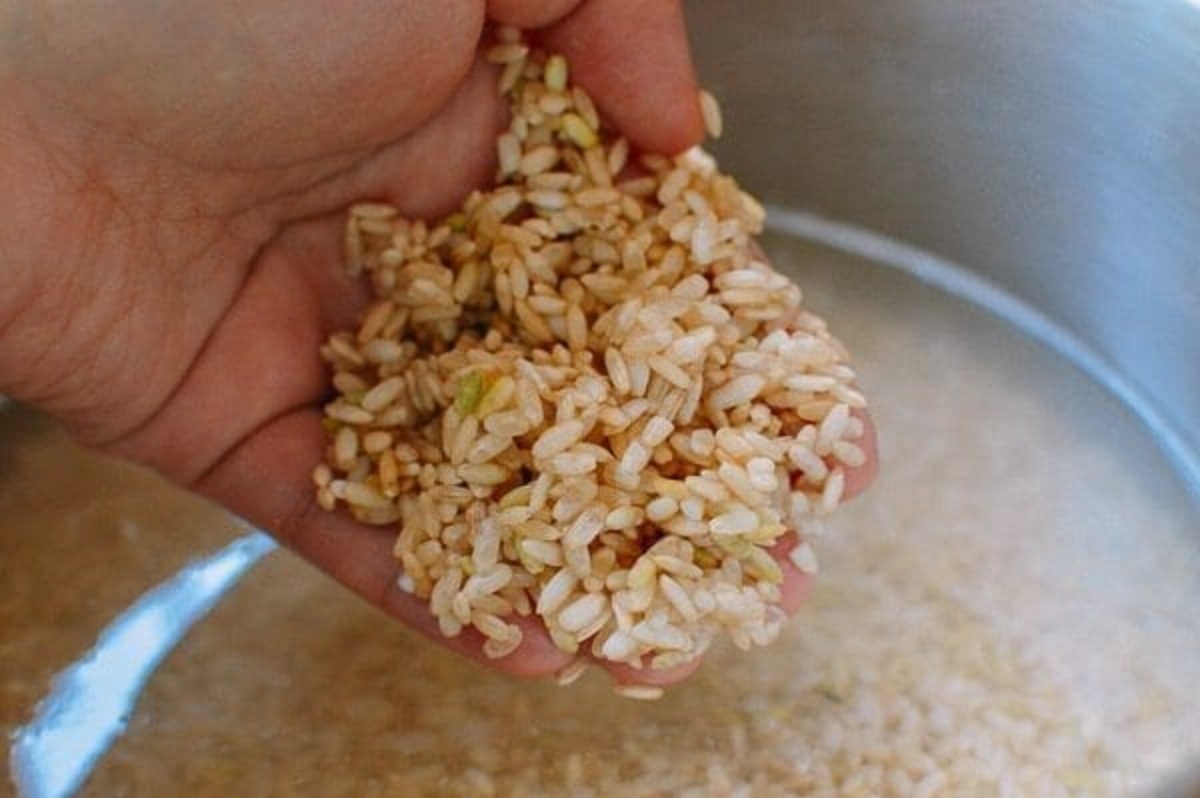

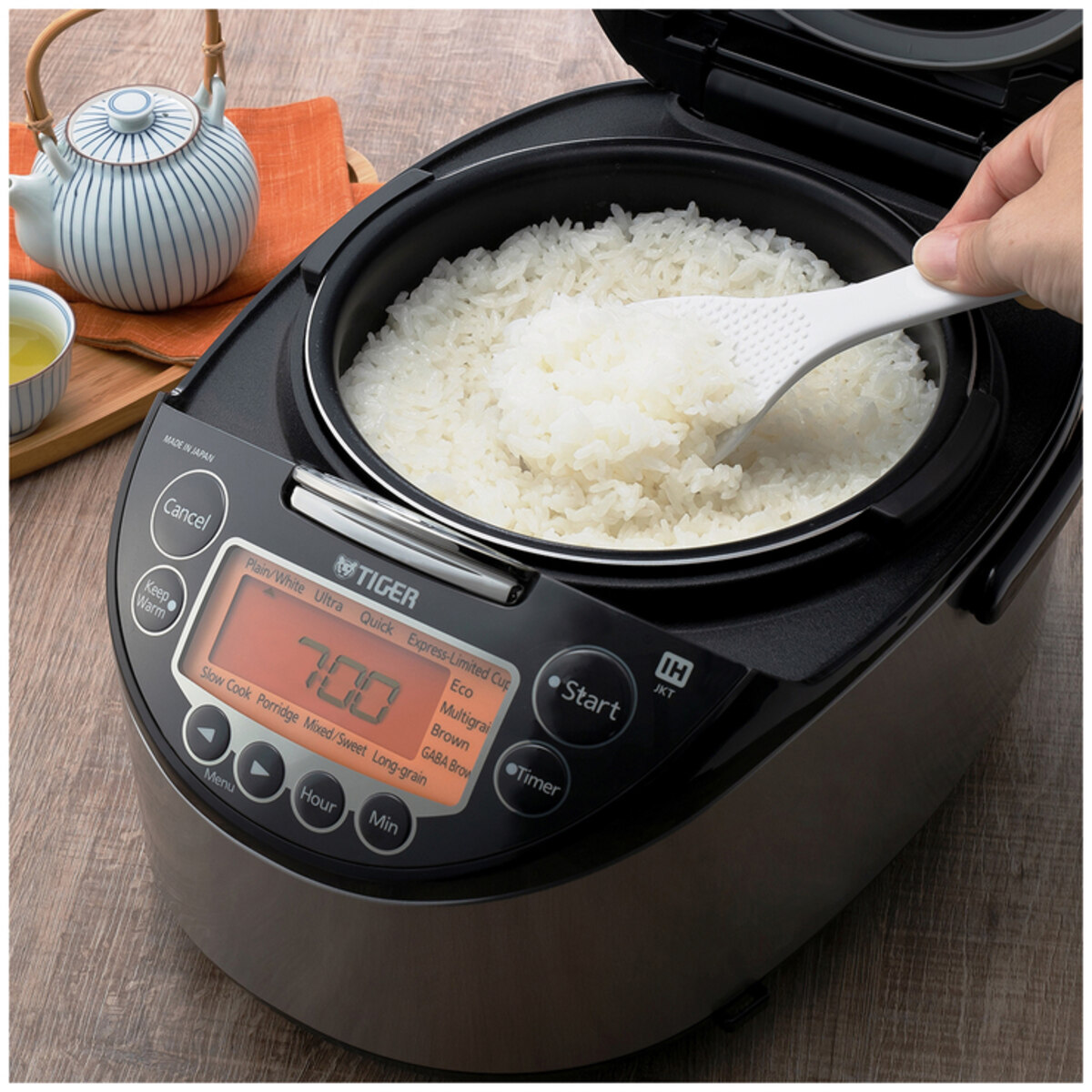
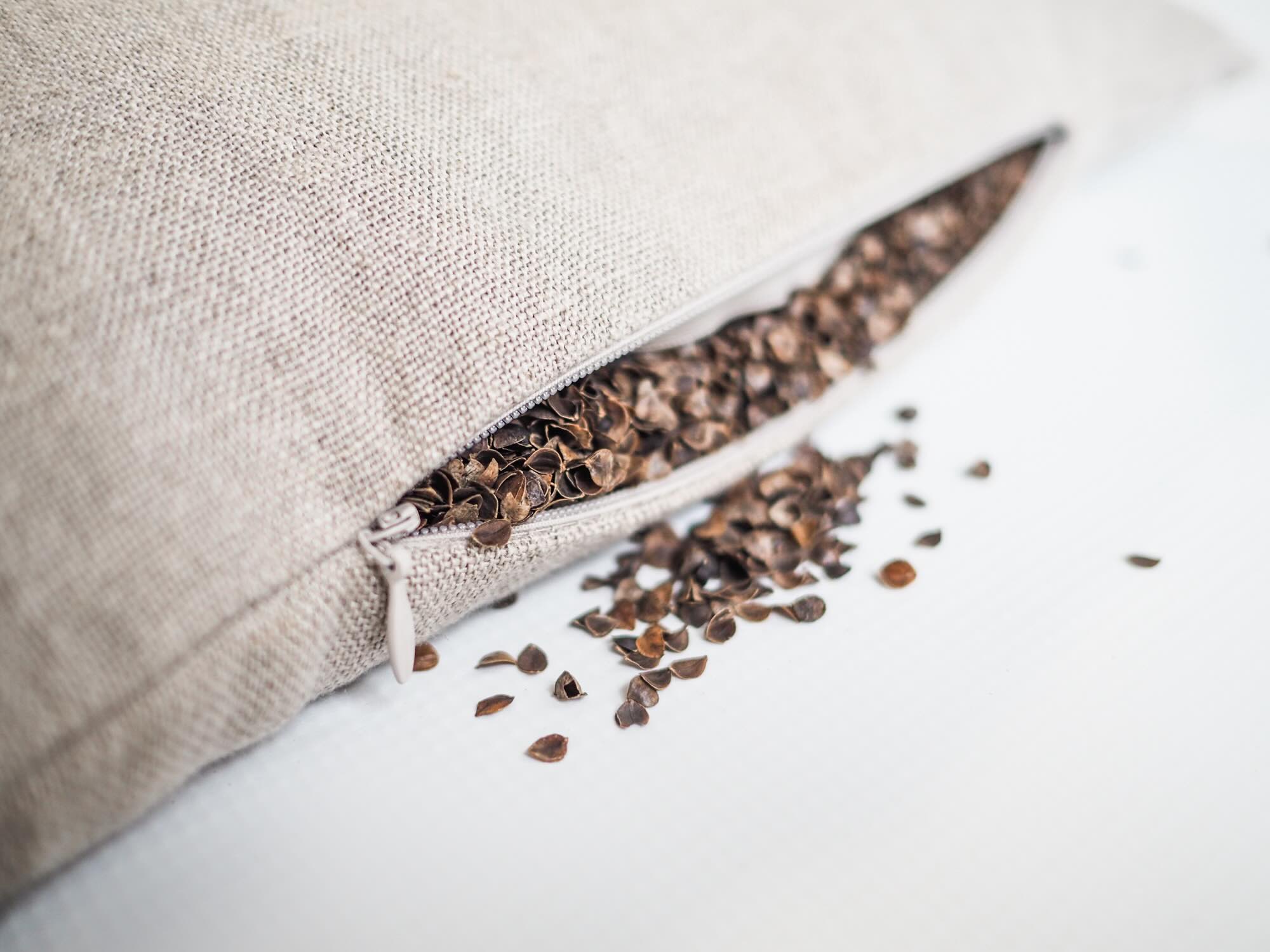

0 thoughts on “How To Cook Buckwheat In Rice Cooker”